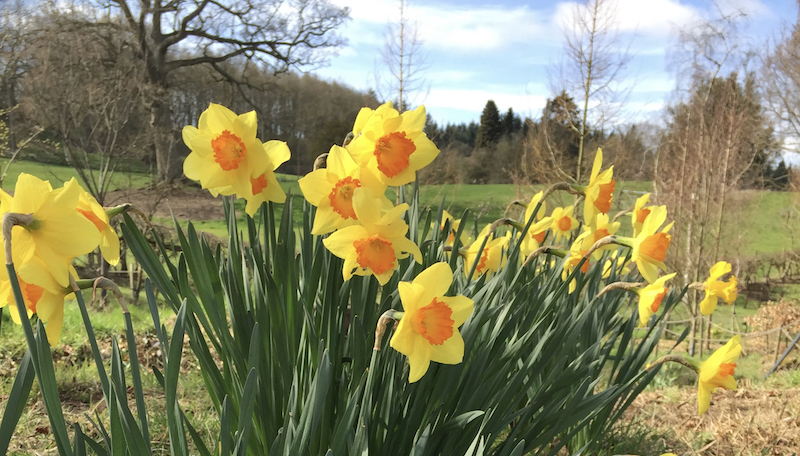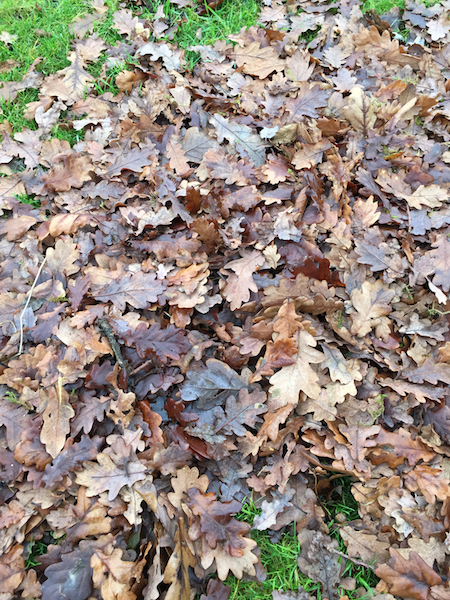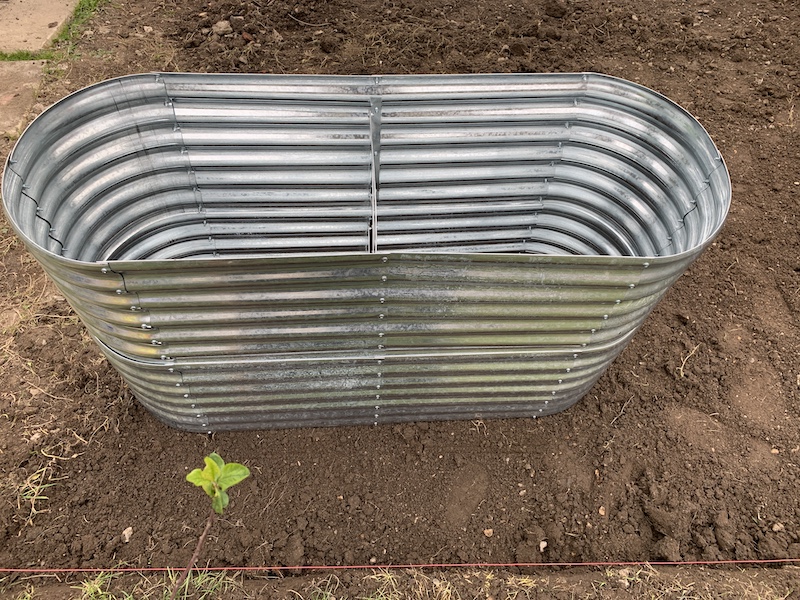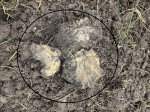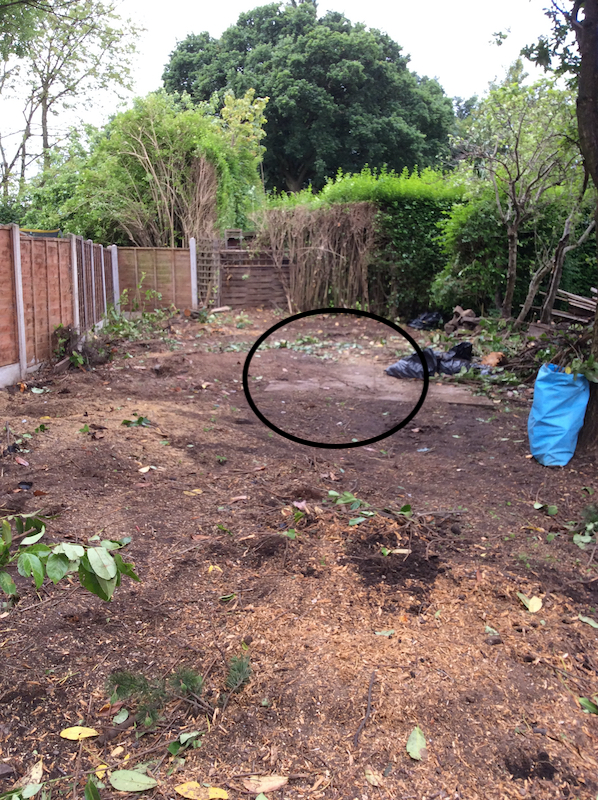What are the seasons?
Many ask what are the seasons of the year. The year can be divided into four seasons and these are:
- Spring
- Summer
- Autumn
- Winter
It is often joked that here in the UK all four seasons can be seen in a day and many people have been witness to this.
I just love the different aspects of each season. Some can be shorter or longer than others depending on the weather but fascinating all the same.
I always marvel at how green the UK is and will never tire of looking at the beautiful scenery this country has to offer.
Many overseas countries have their versions of seasons this may just be two or several depending on where their country is situated.
Countries from the northern hemisphere and the southern hemisphere will have opposite seasons.
What are the Seasons - Finding out some facts
The first season of the year is spring when plant growth is starting to bloom again.
Spring
The months of Spring inn the northern hemisphere are classed as being March, April and May. Whereas in the Southern Hemisphere it is September, October and November.
This season comes after the three coldest months and before the three warmest months. The start date in the UK is around March 21st but can vary in different countries.
This is a time of the year that the ground temperature begins to get warmer, plants begin to grow again or the seeds start to shoot. There is also a threat of additional frosts.
Some plants that are associated with this season are Daffodil, Tulip, Crocuse, Lilac, Rhododendron and Forsythia.
These can be a very welcome sight if the winter has been particularly harsh or long, to know that the warmer weather is hopefully on its way.
After spring comes summer which is hopefully the warmest month in the UK.
Summer
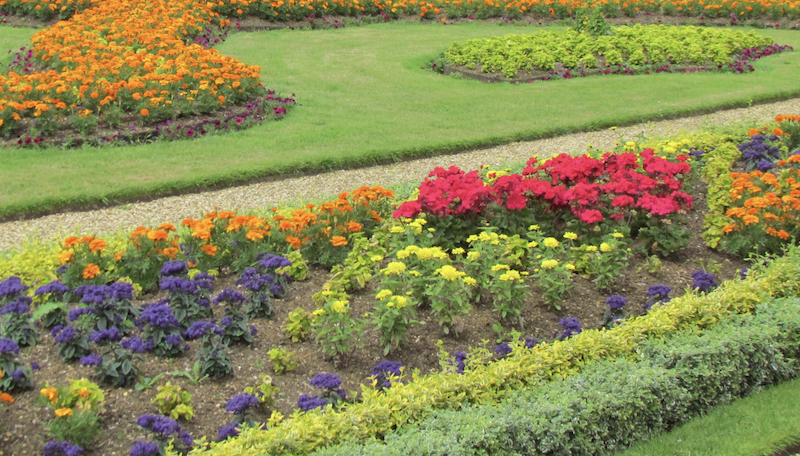
The months of Summer are classed as being June, July and August. These are usually the warmest months of the year and here in the UK usually begins on June 21st which is known as midsummers day.
This season has the greatest length of sunlight and it is this as well as the long days that give the plants plenty of energy for growing.
As with all seasons there are years that have better weather than others.
Many fruit and vegetables are produce at this time and can be made into other products to last over the colder months.
Many flowering shrubs and flowers are showing their gorgeous colours, some of these include Fuchsia, Dahlia, Spirea, Hydrangea and Roses.
When the summer comes to an end, plants get ready for the cooler days and nights. Their growth begins to slow and the conserve energy.
All this happens in the autumn or fall months.
Autumn
The months of Autumn are classed as being September, October and November.
The majority of harvesting is done at this time of year, although some fruits are ready to pick in the summer months.
The days get shorter, temperature cools and winds get stronger.
The leaves on the trees begin to shed and plants start preparations for the colder months ahead. When these loose their leaves there are other plants that come into their own as now there is Autumn Crocus that give a lovely splash of colour.
The growth of Fungi is more noticeable at this time of year and it is fascinating to see all the different types around on the forest floor or in some grassy areas. These really help break down rotting plants returning them to nature.
This time of year can be very warm making the summer extended. This can be known as an Indian summer.
After autumn or fall and when the plants enter a state of hibernation comes the coldest season of winter.
Winter
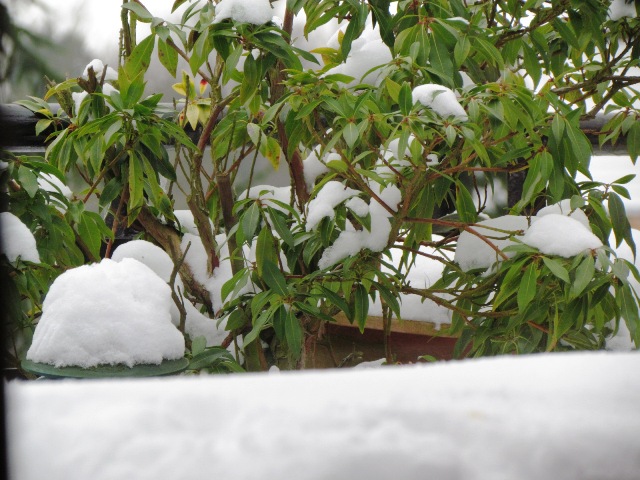
The months of Winter are classed as being December, January and February.
In the Northern Hemisphere these are the coldest months whereas in the Southern Hemisphere they are the warmest.
If you are used to a colder Christmas then one on the beach may be a little strange.
Plants have a dormant time and the winter is usually when they take a rest and absorb nutrients back into their stems ready to grow more leaves, flowers, seeds and berries the following year.
There are many plants that will flower in Winter. These include some heathers, snowdrops, some types of Clematis and Hellebores.
Coniferous trees provided greenery and some bark on deciduous trees and bushes come into their own by changing colour and really standing out.
Then there is the old favourites of the Holly and the Ivy.
This can also be a time for planting if the temperature is mild enough.
There are no hard or fast rules with the seasons as sometimes the boundaries time wise are blurred depending on the weather.
Love or loathe any of the season but beauty can be seen at all levels and at all times.
Enjoy getting out and about discovering the beauty of nature and finding out what are the seasons where you live.
- Home
- Seasons
